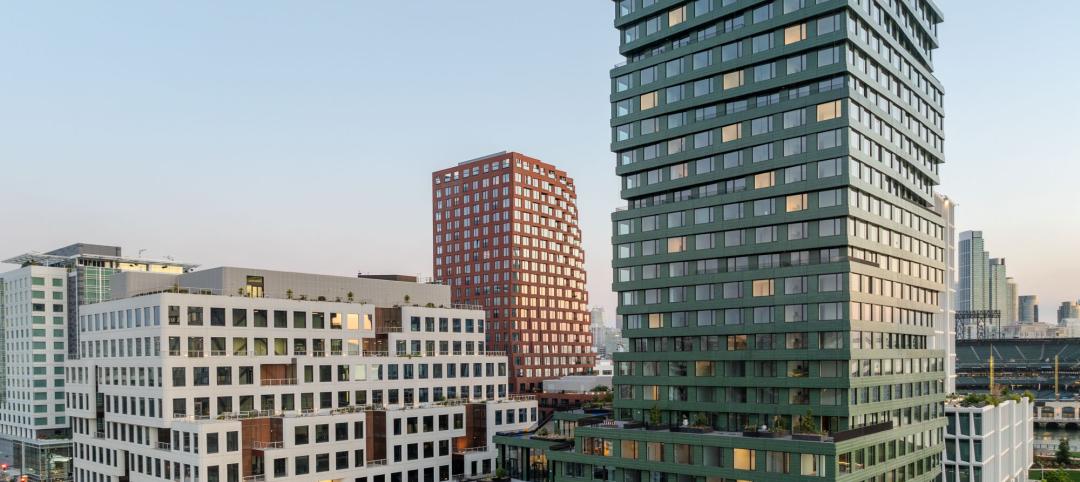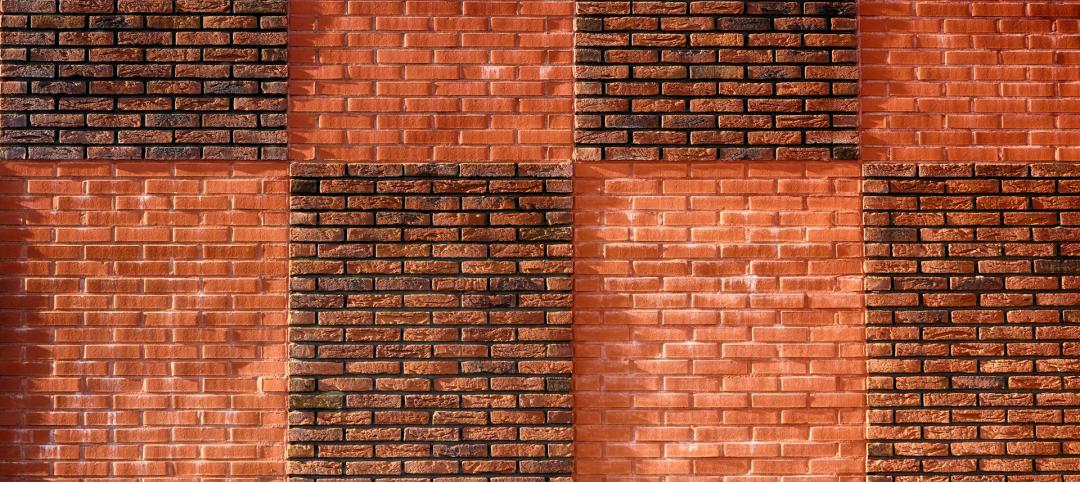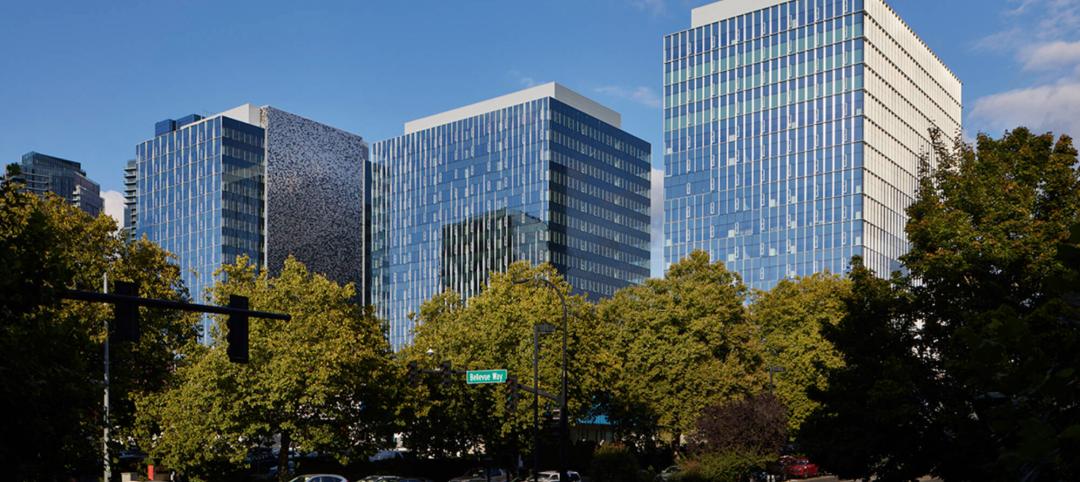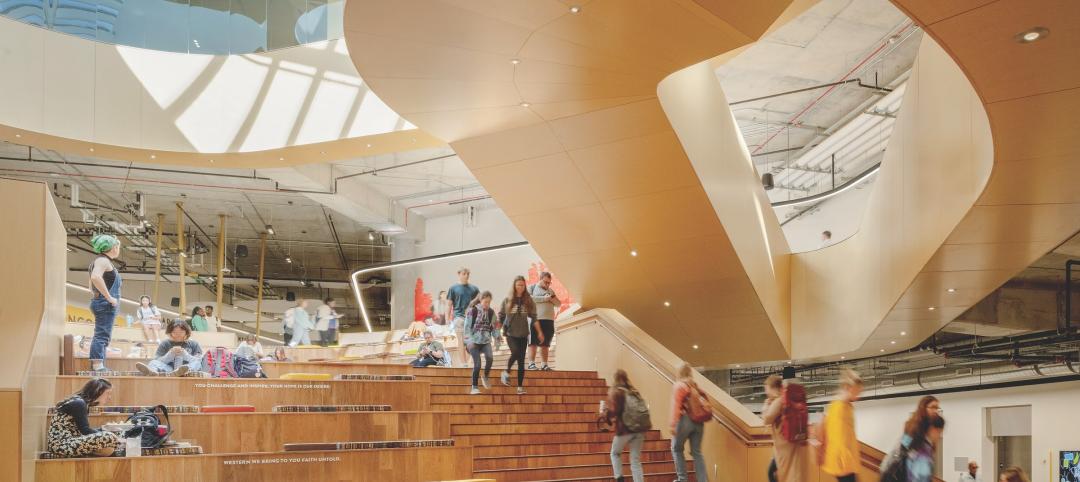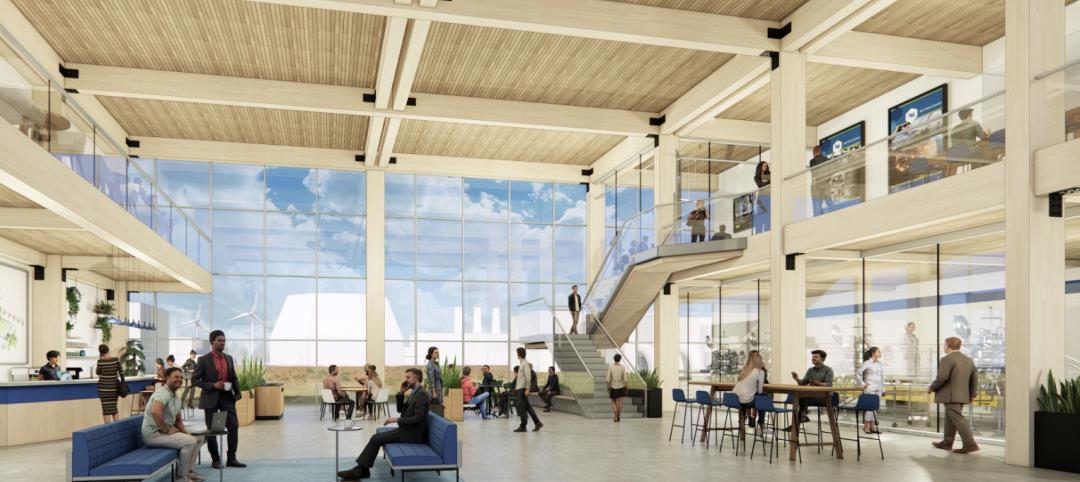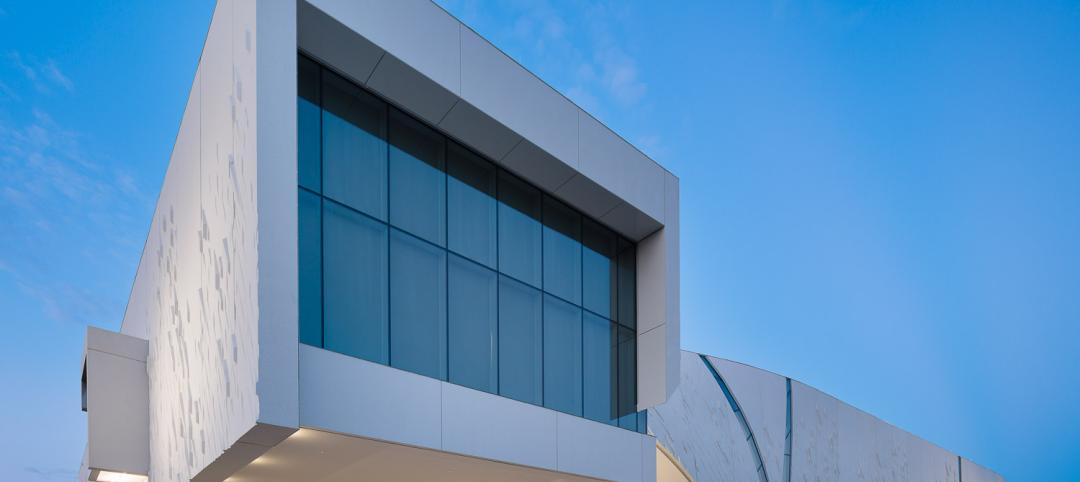The Los Angeles Business Council released the results of its study on the feasibility of installing solar panels on the city’s multifamily buildings to help meet California’s proposed law seeking 33% renewable energy by 2020, of which 70% would have to be generated from in-state resources. Los Angeles Mayor Antonio Villaraigosa has also called for one gigawatt of solar development in the city, including a feed-in-tariff (FiT) program.
The study reveals that the city has tremendous capacity for multifamily housing to contribute to a broad solar program, and that a significant portion of that rooftop capacity comes from buildings in economically depressed neighborhoods. Solar installations could therefore be used to create jobs, lower utility costs, and improve conditions for residents in these neighborhood.
The city’s total number of potential multifamily sites is in excess of 100,000, with the potential to handle solar installations capable of generating 1,411 MW (one megawatt of solar capacity should offset the energy needs of 100 homes), with 59 to 130 MW generated in each of Los Angeles’s 15 council districts. The study indicates that the sites best suited for this type of development are those capable of generating around 50kW, and there are enough of those sites to potentially generate 300 MW.
The study recommends the city institute a 300 MW program, which could offer a pay rate of 24 to 26 cents per kWh, enough to attract a significant number of interested property owners. The rate could be in direct payments, or in the case of a FiT, via a combination of payments and rebates. A 300 MW program would also directly and indirectly generate 4,500 jobs, as well as lower utility costs for many Angelinos, allowing them to live in a more affordable and sustainable environment. An additional benefit: a 300 MW program would reduce 6.7 million tons equivalent CO2 by replacing coal and 4.1 million tons equivalent by replacing natural gas—akin to taking 69,000 to 112,000 cars off the road.
Can a case be made for a similar program in your city?
Related Stories
AEC Tech Innovation | Oct 8, 2024
New ABC technology report examines how AI can enhance efficiency, innovation
The latest annual technology report from Associated Builders and Contractors delves into how artificial intelligence can enhance efficiency and innovation in the construction sector. The report includes a resource guide, a case study, insight papers, and an essay concerning applied uses for AI planning, development, and execution.
Healthcare Facilities | Oct 8, 2024
Herzog & de Meuron completes Switzerland’s largest children’s hospital
The new University Children’s Hospital Zurich features 114 rooftop patient rooms designed like wooden cottages with their own roofs. The project also includes a research and teaching facility.
Mixed-Use | Oct 7, 2024
New mixed-use tower by Studio Gang completes first phase of San Francisco waterfront redevelopment
Construction was recently completed on Verde, a new mixed-use tower along the San Francisco waterfront, marking the end of the first phase of the Mission Rock development. Verde is the fourth and final building of phase one of the 28-acre project that will be constructed in several phases guided by design principles developed by a design cohort led by Studio Gang.
Brick and Masonry | Oct 7, 2024
A journey through masonry reclad litigation
This blog post by Walter P Moore's Mallory Buckley, RRO, PE, BECxP + CxA+BE, and Bob Hancock, MBA, JD, of Munsch Hardt Kopf & Harr PC, explains the importance of documentation, correspondence between parties, and supporting the claims for a Plaintiff-party, while facilitating continuous use of the facility, on construction litigation projects.
Glass and Glazing | Oct 7, 2024
Pattern language: An exploration of digital printing on architectural glazing
Architectural Glazing has long been an important expressive tool which, when selected and detailed thoughtfully, can contribute to the successful transformation of architectural concepts to reality.
University Buildings | Oct 4, 2024
Renovations are raising higher education campuses to modern standards
AEC higher ed Giants report working on a variety of building types, from performing arts centers and libraries to business schools. Hybrid learning is seemingly here to stay. And where possible, these projects address wellness and mental health concerns.
AEC Tech | Oct 3, 2024
4 ways AI impacts building design beyond dramatic imagery
Kristen Forward, Design Technology Futures Leader, NBBJ, shows four ways the firm is using AI to generate value for its clients.
Laboratories | Oct 2, 2024
Trends in scientific research environments: Q&A with Flad's Matt McCord
As part of an ongoing series, Matt McCord, AIA, NCARB, LEED AP BD+C, Associate Principal with Flad Architects, discusses the future of the scientific workplace.
Museums | Oct 1, 2024
UT Dallas opens Morphosis-designed Crow Museum of Asian Art
In Richardson, Tex., the University of Texas at Dallas has opened a second location for the Crow Museum of Asian Art—the first of multiple buildings that will be part of a 12-acre cultural district. When completed, the arts and performance complex, called the Edith and Peter O’Donnell Jr. Athenaeum, will include two museums, a performance hall and music building, a grand plaza, and a dedicated parking structure on the Richardson campus.
Data Centers | Oct 1, 2024
10 biggest impacts to the data center market in 2024–2025
While AI sends the data center market into the stratosphere, the sector’s accelerated growth remains impacted by speed-to-market demands, supply chain issues, and design innovation necessities.




